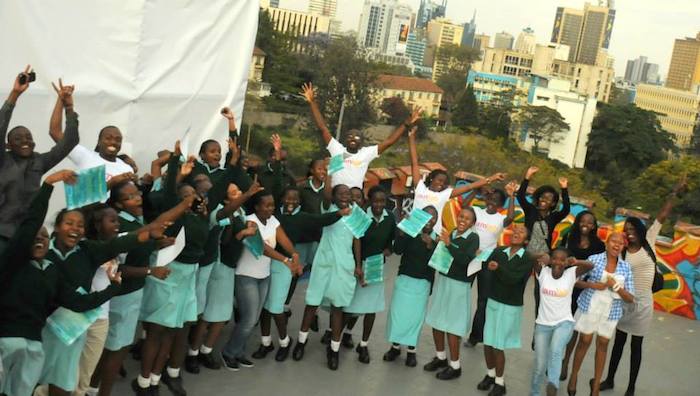Types of Collaborative Activities in Class
Collaborative projects can take place between classes in one school, or between classes in different schools. The use of technology in collaborative projects has made distance learners and teachers more accessible. The use of communication tools on the Internet allows for quick and sometimes almost immediate access to other learners, thus saving time and keeping the interest level high. It can also be a powerful motivator, especially for learners who seldom have the opportunity to interact with other learners from other communities or even other countries.
Collaborative learning allows learners access to other ideas and perspectives.
Learners have an opportunity to practise real-life data collection and it enables the broadening of horizons. Teachers have the opportunity to share ideas and experiences with other teachers, and to develop their community of learners beyond their immediate circle. For many teachers this is both motivating and encouraging.
Kenya Case Study of Collaboration

SOO Kenya Popjam / Jamlab / CC BY-SA
"Simeon from Jamlab says, “We hosted 20 girls from Precious Blood Secondary School, Riruta for the [launch] event. The goal was to work with these students to map out education as they currently experience it in their school and figure out how best to incorporate Open Education in their learning. For most of the afternoon, the emphasis on the workshop centered on figuring out how the students could incorporate Open Education in their learning. After a brief discussion, we mapped out learning and education activities as follows:
- Lectures/Class instruction
- Private study/prep
- Group study
- Revision of past examination papers
- Student Symposiums
We asked them if we could add aspects of Open Education to this list. Very few of the students had heard about Open Education or understood its value at this point. We discussed Open Education in a little more detail: We explored the concept of the commons, copyright and copyleft and how the Creative Commons suite of licenses has enabled the Open Education movement globally.”
The future of SOO Kenya:
“One of the themes that stood out is getting school administrations and teachers to understand and make an investment in Open Education. This will be Jamlab’s focus in the coming year. While we work with administrators and teachers, we encouraged students to begin to demonstrate the value of Open Education by creating demand for it in the following ways: consume OER’s and integrate them in their learning, and pro-actively create and share OER’s with other students from other schools.”
Source: Creative Commons. (2015). Open School of Kenya. Available online at http://creativecommons.org/tag/kenya (CC BY)